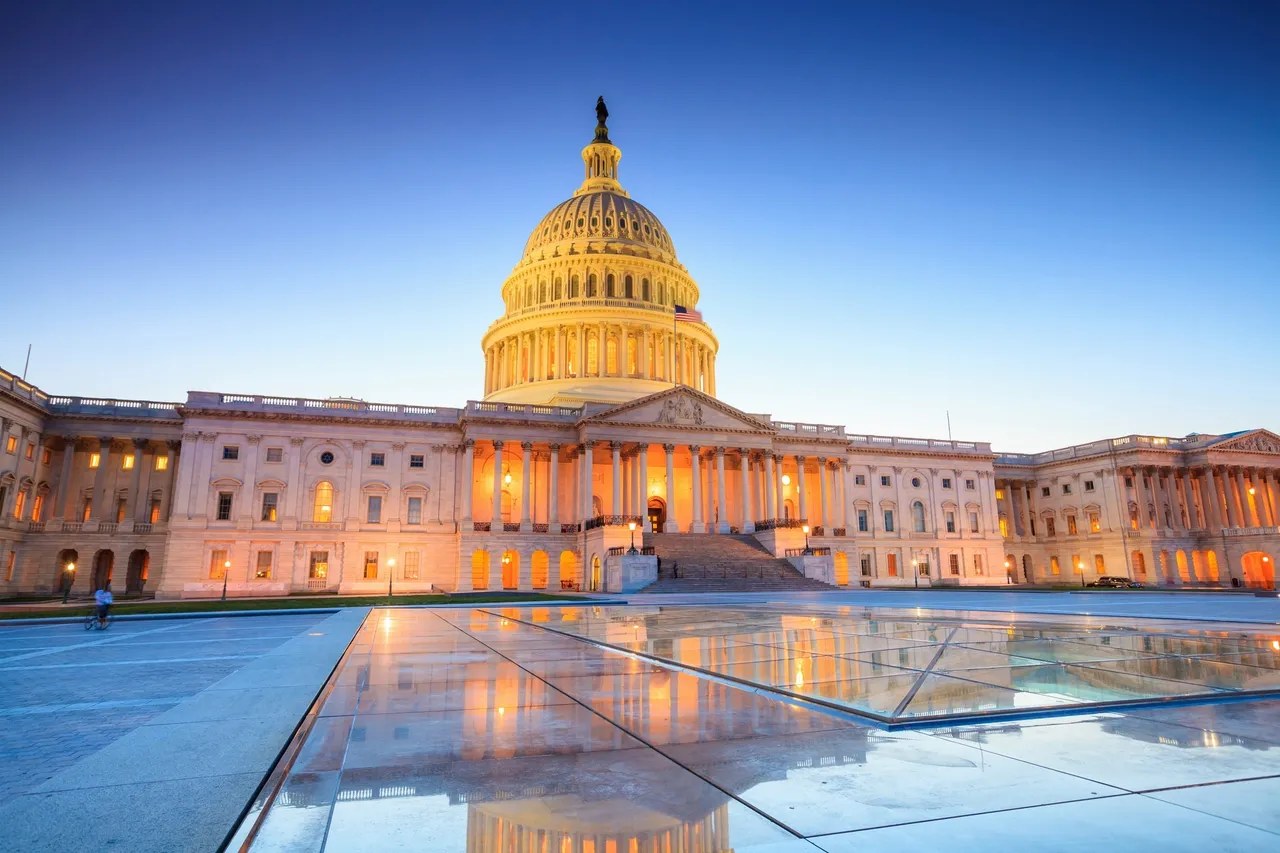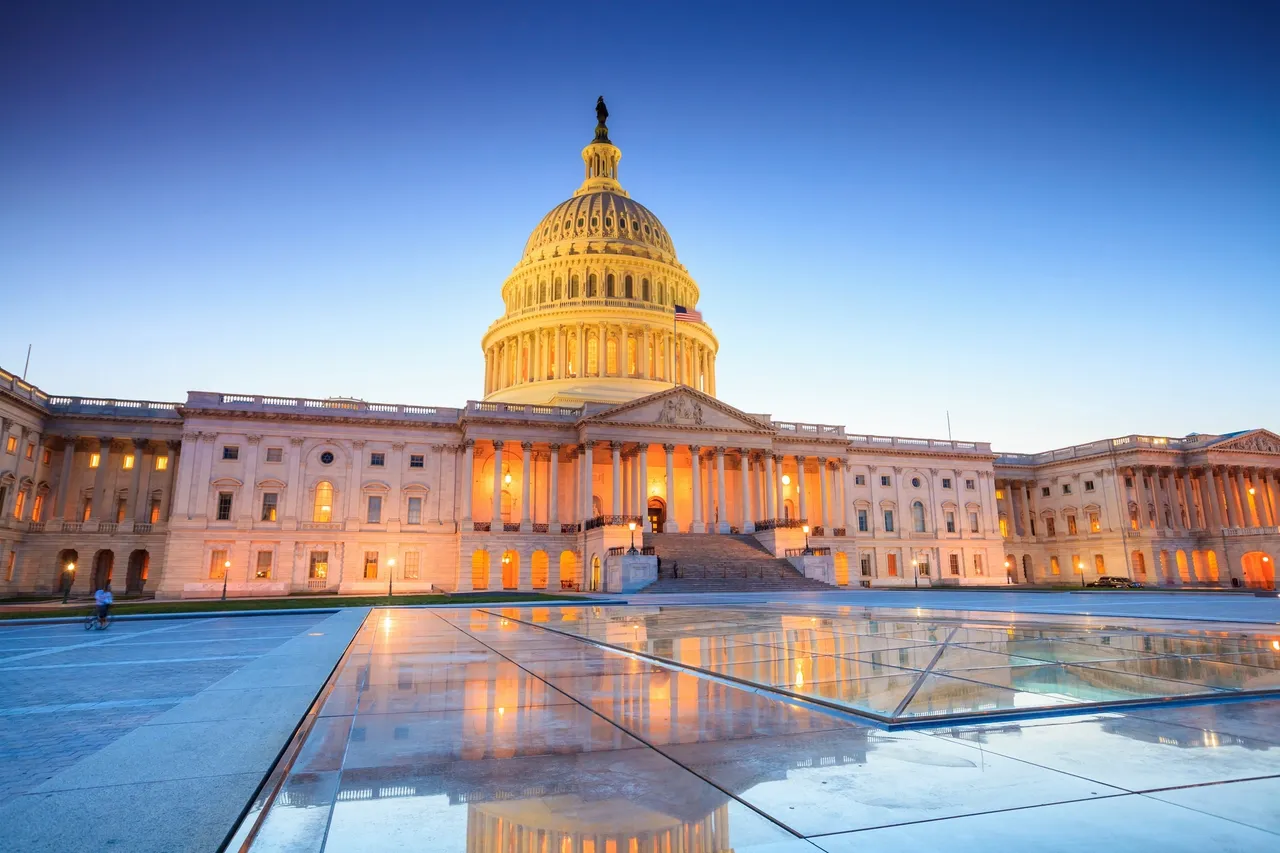Advancing Emergency Preparedness Through One Health Act 2019

Advancing Emergency Preparedness Through One Health Act 2019

NAFV Policy Position Statement #2
The Situation: Congress has introduced bicameral, bipartisan bills to support the creation of an interagency Framework based on the principles of “One Health”. Accordingly, Congress finds the following[1]:
1) The term “One Health” reflects the interconnectedness of human health, animal health, and the environment. As technology and population growth facilitates increased interaction of human settlements with wildlife habitats and as international travel and trade increases, the interface between these elements will also continue to rise.
2) When zoonotic diseases spillover to humans, there are often enormous health and economic costs. The World Bank estimates that, between 1997 and 2009, the global costs from six zoonotic outbreaks exceeded $80,000,000,000 and the Centers for Disease Control and Prevention estimates that there are annually 2,500,000,000 cases of zoonotic infections globally, resulting in 2,700,000 deaths.
3) There are also immense effects on the agriculture sector. In 2014 and 2015, a high pathogenic avian influenza (HPAI) outbreak in the United States led to the cull of nearly 50,000,000 birds and imposed up to approximately $3,300,000,000 in losses for poultry and egg farmers, animal feed producers, baked good production, and other related industries.
4) Public health preparedness depends on agriculture in a variety of ways. For example, a wide range of vaccines, including those for influenza, yellow fever, rabies, and measles-mumps-rubella (MMR), are primarily cultivated in poultry eggs. Egg shortages resulting from zoonotic disease outbreaks could impose serious risks to vaccine manufacturing efforts.
5) It is estimated that approximately 80 percent of potential pathogens likely to be used in bioterrorism or biowarfare are common zoonotic pathogens.
6) While existing Federal Government initiatives related to One Health span multiple agencies, including the Centers for Disease Control and Prevention One Health office and the Department of Agriculture Animal and Plant Health Inspection Services' One Health Coordination Center, additional interagency coordination is necessary to help better prevent, prepare for, and respond to zoonotic disease outbreaks.
NAFV’s Position: NAFV supports the passage of these One Health Act bills. NAFV will be participating in the ad hock committee led by the One Health Commission to garner support for the passage of these bills. We will be posting policy papers on our website and by email encouraging members to support the Bills with their local members of Congress (as private constituents).
Background: United States federal veterinarians have been trained in identifying priority zoonotic diseases as well as priority areas of study and in the surveillance and prevention of these priority zoonotic diseases. Federal veterinarians have a unique scientific understanding of the connections between human, animal, and environmental health, and are critical in the further understanding of the transmission of priority zoonotic diseases to humans and animals alike. NAFV believes without veterinary input, a sufficient workforce would not be developed to prevent and respond to zoonotic disease outbreaks in humans.
NAFV reasoning for its position:
It is time to stop using humans as sentinels of animal diseases. Identifying zoonotic diseases in people first is a failure of our public health policy. While we recognize many federal agencies are already working on similar documents to describe their interactions relative to a one health situation, these activities need to be officially recognized as sanctioned activities and within the mission space of each agency. Furthermore, NAFV recognized the inequity in funding between the human and animal health components of One Health. We strongly support greater parity in funding among human and animal health agencies based on the Framework's division of tasks to be performed.
Prevention is the key to success and adequately funding animal surveillance and monitoring is the critical underpinning to public health policy. A financial cost-benefit analysis should be conducted to produce information showing whether this investment in prevention would be substantially higher than those faced through economic losses as a result of zoonotic diseases. NAFV believes, from past experiences, that the preventative costs are much lower than the costs caused by zoonotic diseases, and therefore is in support of these acts.
Updated October 2019
------------------------------------
The NAFV, founded in 1918, is recognized by the U.S. Department of Agriculture as the representative organization for federally employed veterinarians and as an association of managers and supervisors. NAFV veterinarians practice preventive veterinary medicine on a broad scale, dealing with animal health, public health, and food safety issues with regional, national, and international importance. These broad responsibilities have profound effects on many aspects of American’s health, agriculture and animal health.
[1]https://www.congress.gov/bill/116th-congress/house-bill/3771/text
